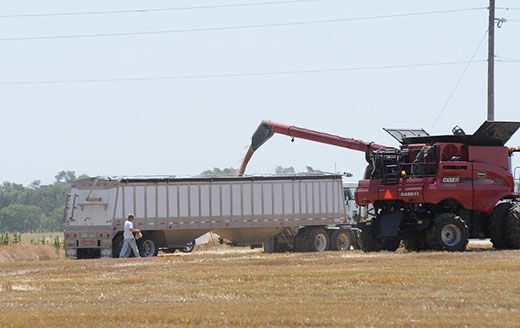U.S. Rep. Tracey Mann and U.S. Sen. Jerry Moran, both Kansas Republicans, led several of their colleagues in sending a letter to the U.S. Department of Commerce, urging it to consider the record-high fertilizer cost and suspend the duties it placed on urea ammonium nitrate fertilizer imports from Trinidad and Tobago.
"The department’s decision to exercise its discretion to increase the producer/exporter’s cost of production, and thus its dumping margin, has effectively shut down all imports of [urea ammonium nitrate] UAN from Trinidad and Tobago at a time when U.S. fertilizer prices are at all-time highs," the members wrote. "Unfortunately, the department’s preliminary determination is only contributing to extreme hardship to America’s farmers.”
The letter comes a day before the U.S. International Trade Commission heard final arguments in the antidumping duty investigation of UAN fertilizers from Trinidad and Tobago, in which Representative Mann testified on behalf of farmers and agricultural producers in Kansas and across the country who are making decisions on what to plant today based solely on the cost of fertilizer rather than typical market conditions.
“Since the ITC’s determination to investigate UAN fertilizers from Trinidad and Tobago, conditions surrounding on-farm expenses in the United States have dramatically worsened,” Rep. Mann testified. “Extreme weather has significantly delayed or prolonged planting. The supply chain is the most congested it has been in decades. Farm production costs are at record levels; just in the last year, fuel is up 115%, natural gas is up 202%, and fertilizer is up 220%. To make matters worse, the Department of Commerce made the decision to effectively shut down all imports of UAN from Trinidad and Tobago.”
The letter follows a bicameral, bipartisan letter from Rep. Mann, Sen. Moran, and 84 members from both chambers to the ITC stating that eliminating the duties on fertilizer imports provides the most immediate opportunity for a near-term, partial remedy to the high costs of fertilizer facing U.S. farmers before the end of the 2022 planting season.



